I recently wrote a post about what living with chronic tinnitus is like, and it was the first time I shared my experience publicly.
I was excited to do so and, like every advocate we work with at Living Proof Advocacy, I did this with a clear purpose: to advocate for tinnitus research and, hopefully, a cure for the condition.
But writing that post, I was reminded just how challenging it can be to share a personal story publicly. Even though I knew this intellectually—and it’s one of the reasons Tim and I founded Living Proof Advocacy!—I still confronted some of the same challenges other advocates face as they prepare to share their stories.
Here are three core lessons I revisited while preparing to share my story.
Lesson #1: The Story Game is Real.
The “Story Game” is the false competition that unfolds when we assume that some life experiences make better advocacy stories than others.
We all risk falling into the Story Game trap when we self-deprecate or self-censor, thinking that “My story isn’t very interesting or dramatic enough” or “There are more important stories people should hear.”
In my case, I occasionally caught myself thinking: “Am I making too much of my tinnitus? Compared to the more serious health conditions or life circumstances that many advocates we work with are managing, will my tinnitus advocacy be viewed as overblown or overwrought?.”
Then I realized: that was the Story Game talking.
So, I did what we advise other advocates do: I spoke with trusted colleagues. I reflected on my advocacy purpose and goal. And I reminded myself that I was sharing my experience for very specific reasons: to help others living with tinnitus and to drive progress toward new treatments and a cure. Within this very specific context, my story—as well as the stories of others living with tinnitus—is a story that has the potential to raise awareness and engender empathy.
Returning to my purpose and context helped me dodge the Story Game trap and avoid self-sabotaging my desire to advocate.
Lesson #2: The Five Qualities of a Well-Told Advocacy Story are Essential.
The Five Qualities of a Well-Told Advocacy Story— focusing, pointing to the positive, framing, crafting and practicing—are foundational to our coaching advocates to success. So naturally, I used these qualities to benchmark the development of my own advocacy story.
Luckily, I had the perfect coach in my colleague Tim, who guided and challenged me to use these five qualities as he reviewed drafts of my story.
Was I focused on clear goals and messages? Check; I stressed the need for more research, a cure and more tinnitus advocates.
Was the story crafted? Check; Tim particularly liked the comparison of my brain to a “noisy electrical plant.”
Did I frame myself and my story? Check; I stated my “who and why” at the outset.
Was my experience pointed to the positive? This is where I needed some work.
Tim’s initial response to an early draft was, “I’m so sorry you live with this.” Other friends made similar comments: “John, I had no idea. That’s terrible.” I appreciated these empathetic responses because they meant I was conveying the impact of living with chronic tinnitus. But did my initial drafts move my listeners from empathy to action? Not so much.
With Tim’s help, I saw where I needed to “rebalance” the negative impact of living with tinnitus with the positive accommodations I’ve made to live with it and the tangible, positive actions others can take to help the millions who are living with tinnitus. That helped me “point to the positive” so that I could help urge others to join me in my advocacy.
Lesson #3: There’s No Short-cutting the Process.
To develop my tinnitus advocacy story, I relied on the same methods and principles Tim and I recommend in our workshops and in our book Living Proof: Telling Your Story to Make a Difference. Doing so, I remembered something we wrote in the Introduction:
Preparing to share a personal story publicly rarely follows a straightforward, linear path. It requires giving yourself over to a fluid creative process—that back-and-forth, push-and-pull that happens as you craft your experience into stories, adapt to changing settings and audiences, and manage your identity as a public advocate… So be flexible, and stay limber.
Over the course of weeks, I did my best to stay flexible and limber: I explored my Six-Word Reason (“Speaking out can bring us silence”) and spent much time reflecting on why I was choosing to speak out and why now. I created a Story Map and gave myself time to reflect, journal and reconstruct my experience of tinnitus. I composed my story using the method we recommend, a blend of speaking and writing drafts.
And then I drafted, redrafted and redrafted again. Frankly, I lost track of how many versions I wrote; there were at least a dozen. When I finally felt satisfied, I began sharing my drafts with others—because stories need listeners and advocates need audiences.
The experience of preparing to share a personal story publicly is different for everyone. How about you? What are the lessons you’ve learned as an advocate sharing your lived experience to create change?





